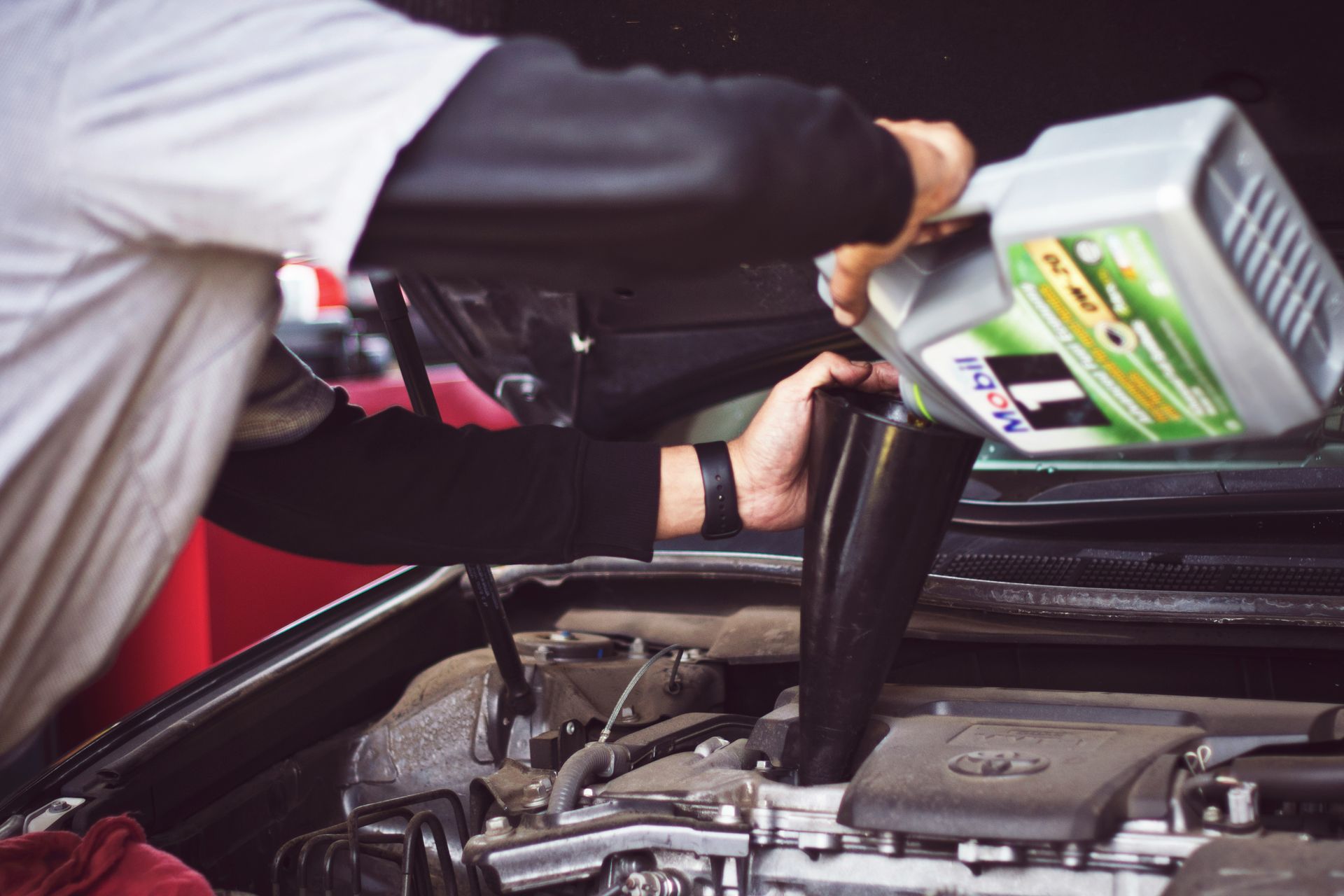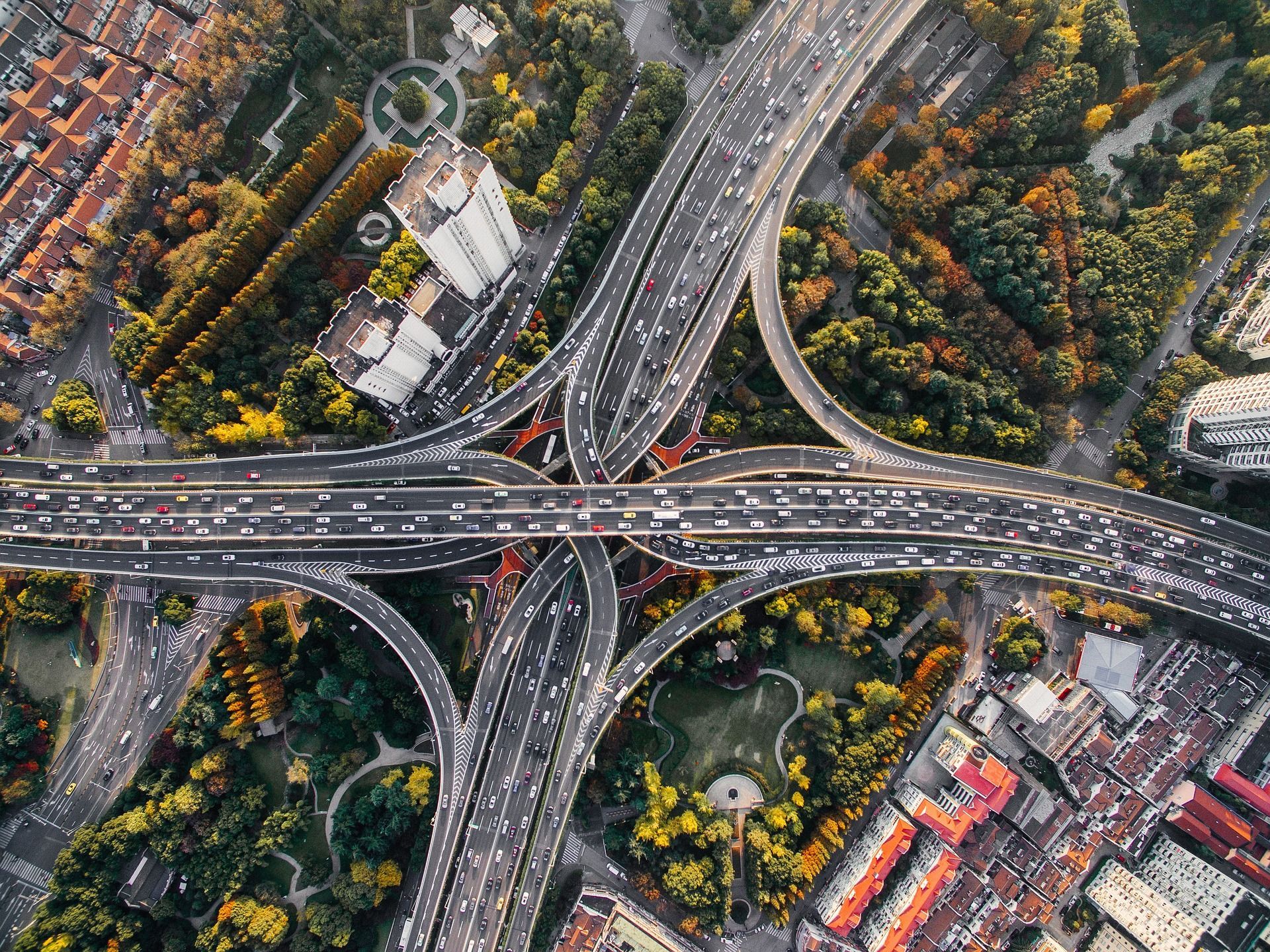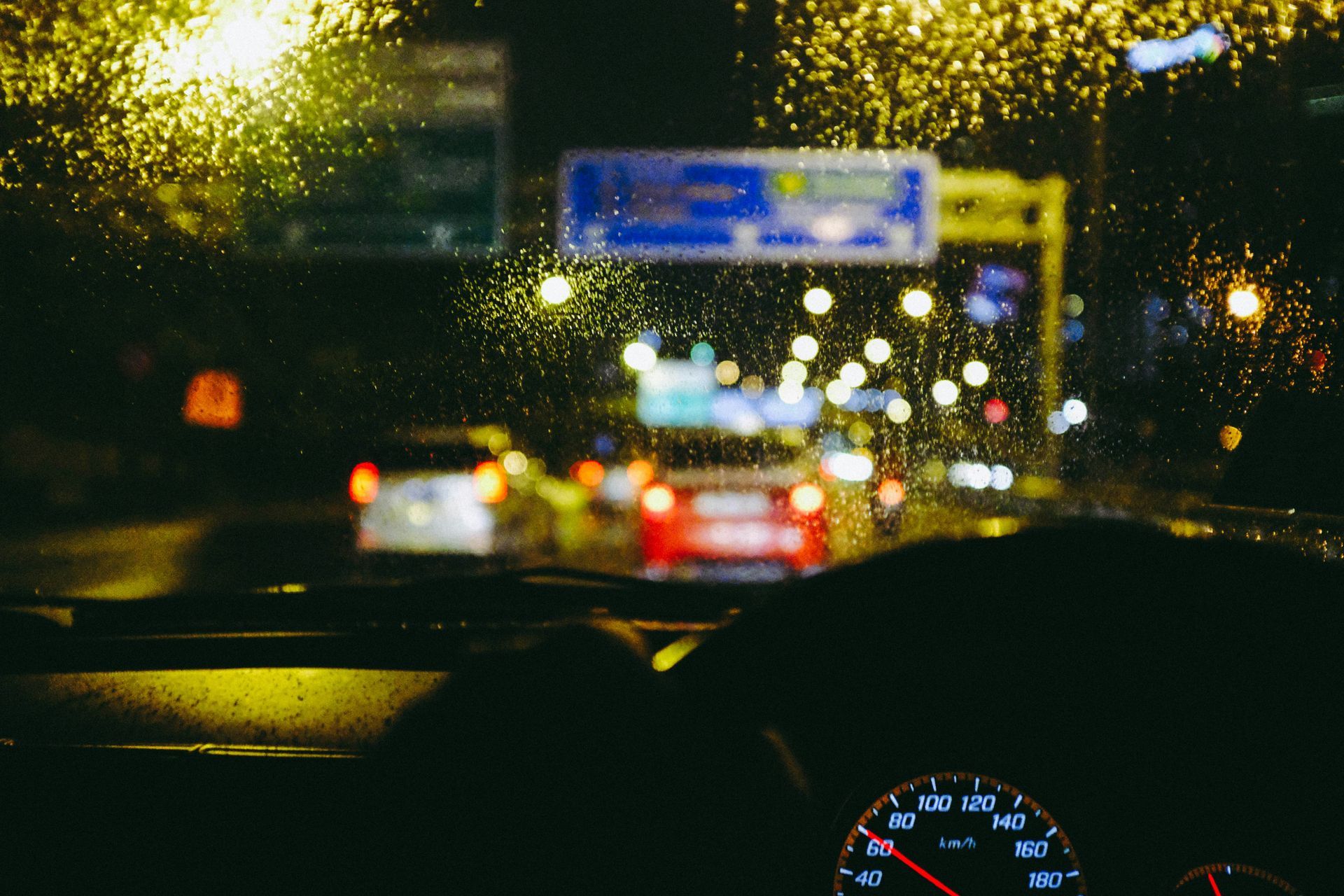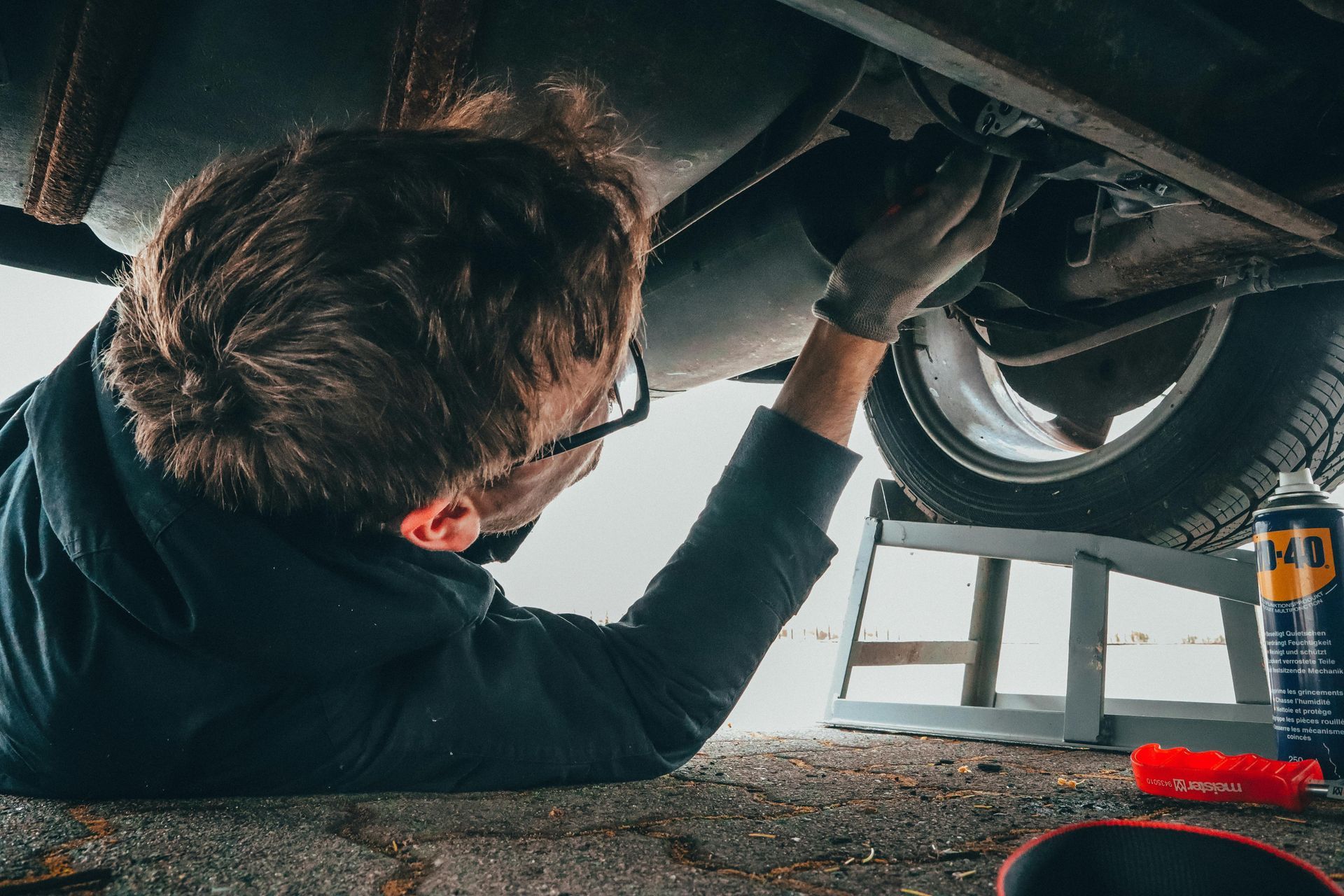How to prepare for a road trip
As we move further into 2024, many of us will be setting off on road trips and other long-distance journeys. Here we share a few tips to ensure you and your vehicle remain safe whilst out on the road:
- Stock up on critical items – It’s best to be prepared should the worst happen. We recommend packing the following items as a minimum: sat-nav, first-aid kit, torch, water, blankets and snacks. We also recommend having your documentation with you, such as driving licence and breakdown information.
- Plan your route – It is vital that you plan your route ahead of time, including stops to ensure driving breaks and reduced tiredness. You should use up-to-date technology or go online to make sure that there are no roadworks impacting your desired route. You should also consider alternative routes in the event that roads become blocked due to accidents or other events.
- Check weather conditions – As we move further into the year, we’re expecting the weather to get better. However, this may not always be the case! We advise checking the weather forecast ahead of time, to ensure your trip is not impacted by severe wind and rain! Adjusting your travel date and time in the event of severe weather could help you avoid a potentially unsafe journey.
- Check vehicle components and fluids – Before embarking on any medium to long-distance journey, there are several checks you should carry out to ensure your vehicle remains safe and road-worthy. This includes, but is not limited to, tyre pressures, tyre tread depth, windscreen wipers, lights, air conditioning, as well as the level of screen wash, oil and engine coolant.
Our blog ‘How to take care of your car’ provides useful tips on how to keep your vehicle in excellent condition. If you have any concerns or have picked up on any changes in the way your vehicle has been driving in recent weeks, we recommend having your vehicle checked over by an accident repair centre, prior to setting off. - Fuel up or charge up – It is important that your vehicle is fully-fuelled or charged prior to heading off. Although you can plan to stop at fuel stations and charging points, you can never predict how a journey will unfold. For example, you may use more fuel/ power than anticipated if you end up in heavy traffic or held up behind an accident.












